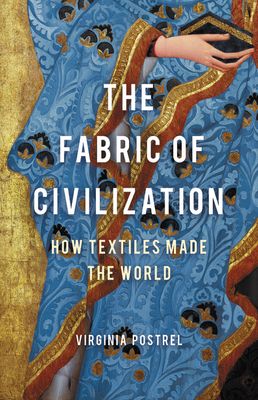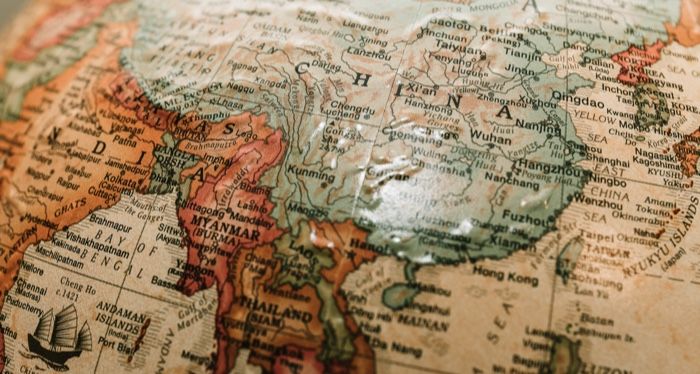
20 of the Best World History Books
I like to joke sometimes that I was a history major in a past life. Or in the middle of the night, when I’m trying to go to sleep, thinking “what if I went back to school for a history degree? I know I literally just graduated with my bachelor’s, but still…” You know how it goes. History is one of my regular fixations, to where half my watchlists tend to be some PBS, Smithsonian, or BBC documentary covering some strange, little focused on part of world history. It’s fascinating to look back and see how far we’ve come as a species, while also seeing that we have barely changed at all. Humans have always been this ridiculous. We don’t have as many mummies as we should because people ate them. Sometimes as medicine, sometimes as just rich people being rich. People stopped being Catholic so they could drink their version of chocolatl, until Pope Alexander VII and said it, and other liquids, did not break their required fast. Graffiti covered the alleys of Pompeii, not unlike the stuff you would find in a bar’s restroom. Humans are just like this.
So I’m sharing some of my favorite world history books here. Some of them cover overall history of an area, or the overall history of us. Some of them put historical events side by side to make it easier to comprehend that a lot of this stuff was quite literally happening at the same time. Others are what I like to refer to as “domino history,” where you follow one item or idea throughout history and see the effect it has had, how one thing that seemed so insignificant and unrelated to everything else allowed empires to be built. Here. Read. Enjoy. Look how amazing we’ve been, how awful we’ve been, how the world around us was built to what we see today. These are definitely must reads.
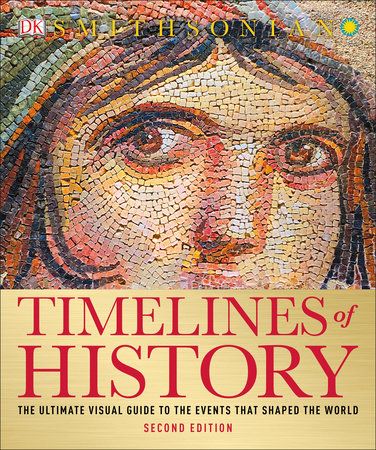
Timelines of History: The Ultimate Visual Guide to the Events That Shaped the World by DK
World history is often taught in chunks, with little perspective on how it fits into the grand scheme of things. It’s easier to teach, and to comprehend some, but also throws off the way we think about these events. For instance, Anne Frank and Martin Luther King Jr. were born the same year, and are five years younger than President Jimmy Carter. But all three of those individuals are affiliated with different historical periods. Pocahontas and Shakespeare were contemporaries. That’s where this book comes in. It lays out history from year to year (or century to century in some cases) and dictates the important events that happened, all the way up to the modern era, a period of time a lot of American history classes just don’t touch.

Set the World on Fire: Black Nationalist Women and the Global Struggle for Freedom by Keisha Blain
It is pretty well known that women often are given a back seat in world history, or any type of history, especially Black women. Keisha Blain brings these women’s stories into the light, telling how they fought together across the world during the 19th and 20th centuries, for a cause that is usually attributed to more well known names like Garvey and DuBois. These working class women from multiple walks of life, around the world and through centuries, organizing workers and setting up protests, pushing for their freedom all while the world was trying to burn around them during the United State’s Great Depression, World War II, and the Cold War.
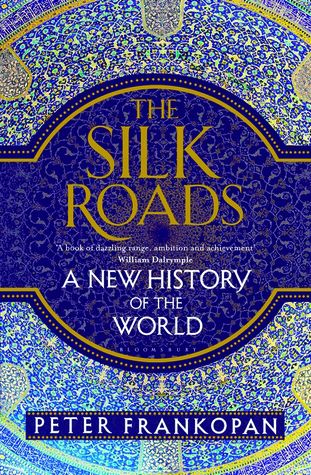
The Silk Roads: A New History of the World by Peter Frankopan
The Silk Roads were a vital part of the trade between the East and the West, connecting countries from Europe to those in the Middle East, Central Asia, all the way to China. It was massively important, with goods not just being traded along the route, but ideas as well, assisting in the spread of Buddhism, Islam, and Christianity. This book traces the history of the countries along the Road, focusing our view of the world more towards the East, and how these regions ended up the way they are today. These areas were the crossroads of civilization, and played a part in history that is often ignored for a more Eurocentric view of history.
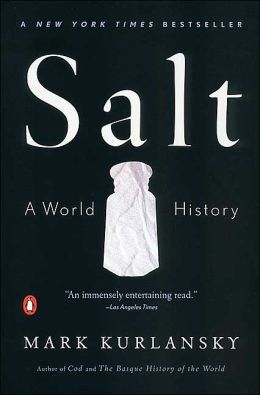
Salt: a World History by Mark Kurlansky
“I love you as much as meat loves salt.” Salt has played a huge role in human history, as can be seen in the sheer number of sayings we have that revolve around the concept of salt. It’s vital to our health, and a basic necessity to food, and is featured in several belief systems and folklore. Here, Matt Kurlansky traces salt through human history: the wars fought over it, when it was currency, laws placed during colonization, how it was fundamental to human survival due to the uses it has in food preservation. Although in some cases, like with the Egyptians, it was also useful in preserving corpses. And, for the adventurous in us, there are several recipes from previous eras that centered around the use of salt.
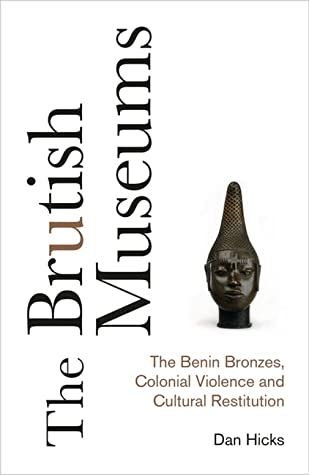
The Brutish Museums by Dan Hicks
The museums of those who colonized are full of artifacts belonging to those who were colonized, artifacts that were stolen. In the United States, those artifacts likely belong to the Indigenous tribes, stolen along with the land, and are slowly being repatriated (though not without a fight) through laws like NAGPRA. In British museums, stolen artifacts are from all over, some stolen during massacres, like the Benin bronzes. As an anthropologist, this is a fact a lot of us in the field have had to reckon with, and acknowledge when talking about our history. Written by an insider, a museum curator, this book lays out the importance of repatriation after colonization, how we need to be more truthful about how some of these pieces came into our hands, and what needs to be done to make up for the past.

The History of the Ancient World by Susan Wise Bauer
The first of three volumes in a series, this book covers what happened in the world from the very earliest accounts we have all the way to the fall of Rome. And I quite literally mean the world, going from Sumer to Europe to China and back, connecting historical events across the world the entire time. It’s not as in depth as other history books, but considering the scope of history it’s undertaking, that’s a bit understandable. But even with it not being as in depth as others, you still get a good understanding of what was happening across the world, assisted by numerous maps and timelines to help with visualizing where, when, and how everything was related. The next book in the series picks up where this one left off, covering Constantine to the First Crusade, and the third books covers the rediscovery of Aristotle to Constantinople’s Fall.
The Fabric of Civilization by Virginia Postrel
This may sound like an exaggeration, but I’m being completely serious when I say this: we would not be where we are now was it not for the creation of fiber crafts, especially weaving. We would not have smart phones, we would not have been able to land multiple rovers on Mars, and we would not have some of the chemical understanding we have today. With this book, you can see why I can say that. It starts at the very beginning, from when we were first starting to spin and domesticate plants, following the strands (eh? eh???) of history to weaving and dyeing, and the inventions that followed, including arithmetic, binary, and entire empires being funded by this every day thing a lot of us probably don’t spend much time thinking about: fabric.

1491: New Revelations of the Americas Before Columbus by Charles C. Mann
I don’t know about y’all, but every depiction I had of what North America was like before it was colonized was distanced tribes living in untouched wilderness. Granted, I did grow up with Georgia’s education system, but still. It was blatantly false. Indigenous peoples actively sculpted the landscape to fit their needs, but in a more sustainable way than what we do know. This book points out and refutes every misconception people have about the Pre-Columbian era in North America, from technological inventions to scientific advancements to culture. In depth and thorough, it does an excellent job of showing just how complex these civilizations were prior to Columbus’s “discovery” of the Taíno peoples. Indigenous Americans played a larger role in world history than a lot of us realized.

The Year Without a Summer by Nicholas P. Klingaman and William K. Klingaman
In 1816, there was a massive volcanic eruption in Indonesia that plunged most of the Northeastern United States and much of Europe into a weather pattern that effectively canceled summer for the year. Due to the near constant rain, frost, and snowfall throughout the year, it was referred to as 18-hundred-and-froze-to-death. The Klingamans show the dichotomy of what was happening in world history at the time, from the mass migrations to better climates, epidemics, famines, and food riots to the first novel of a new genre being written to fiery sunsets being painted, along with an illustration of what was likely the beginnings of the climate change crisis we’re in now.
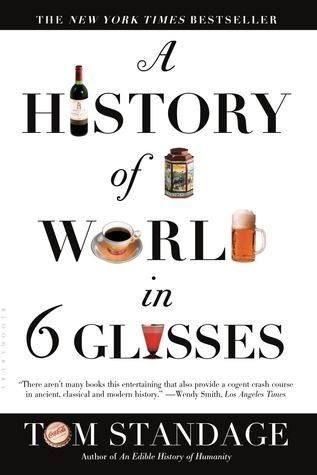
A History of the World in 6 Glasses by Tom Standage
You can tell a lot about a person, and a culture, by the food they eat — and that includes their drinks. You can tell a lot about a species by the drinks that affect their history. Tom Standage has gone through our history — from Neolithic to the 21st century — and picked out the six drinks that have played the biggest role in our history: beer, wine, spirits, coffee, tea, and cola. Each drink played a role in shaping who we are, assisting in the rise of empires, the sharing of ideas, being a reason for colonization, or boosting the slave trade.
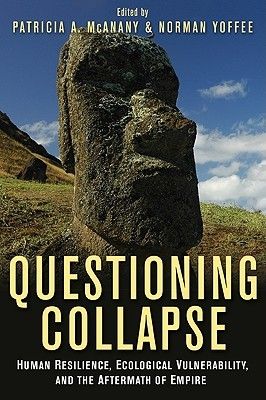
Questioning Collapse Edited by Patricia A. McAnany and Norman Yoffee
I’m an anthropologist, which means that whenever someone mentions Jared Diamond to me, or recommends one of his books, my blood pressure spikes just a bit, or I get a bit of an eye twitch. I’m not alone. In fact, this book is a response to his book Collapse, and is full of essays from historians and anthropologists about how civilizations actually decline; that they usually don’t “collapse” the way people think, but rather adapt, and resilience is the the usual pattern of how things play out, as well as showing the problems with the outdated idea of environmental determinism and the inherent racial aspects of “success” and “failure.”

Insurgent Empire by Priyamvada Gopal
This is the history of colonies fighting back. Specifically, the British colonies, the people of Africa, of the Caribbean, of India, and the people in London that supported their voices. These groups are often shown as victims of imperialism, but Priyamveda Gopal shows that they were more than that, that even while they were fighting against imperialism they were still helping the country that was oppressing them, creating lasting legacies. The book follows the intellectual movements that were building within the then-colonies, and pushes back against the constant idea of “they’re just a product of their time, they had the support of the people, it was thought of as okay.” Just a heads up with this one though, it is a little academic jargon heavy, and one I recommend reading in chunks.

Black Marxism by Cedric J. Robinson
A little dated, as it was initially published in 1983, this is still an excellent book that is necessary to read, especially if you have any interest in Marxist ideologies. Robinson points out that Marxist analyses are often based on European history and context, and tend to ignore how Black individuals have played as fighters in the resistance. He traces Black radicalism back to Africa and the fight Black communities have had in Western countries, as well as pulling in voices like W.E.B. Du Bois, C.L.R. James, and Richard Wright as support.
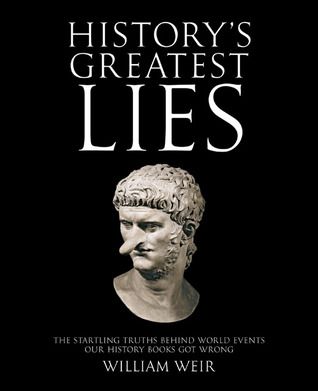
History’s Greatest Lies by William Weir
This book works to end the biggest game of Gossip that we’ve been playing with each other. Taking 15 historical myths that have been repeated so often that they’re taken as fact, Weir goes to the root of the myth, revealing the true story, and then usually the reason why it became so misconstrued (which was usually on purpose). He even points out important individuals that managed to escape consequences due to these myths. Each chapter in this book is dedicated to one popular myth, so you get plenty of information for the next time you are at a party and get the chance to be That Person (I’m usually That Person. It’s okay. Turn it into a cool learning experience for everyone.)

Queer Identities and Politics in Germany: A History, 1880-1945 by Clayton J. Whisnant
Prior to the burning of Institut für Sexualwissenschaft by Nazis, Germany — especially Berlin — was the center of the queer social scene in Europe. It was the home of the first homosexual organizations and magazines, as well as an entire field based around the legitimate study of these identities and psychology. This book is written in a way that is accessible for everyone, and dictates the lives of the individuals at the time, from science to scandals. Just a warning, though: the book does go all the way to 1945, and being German history, this means that there is mention of Nazi persecution and concentration camps.

Precolonial Black Africa by Cheikh Anta Diop
The history of Africa prior to colonization isn’t extensively covered in world history classes. You may learn about Mansa Musa, perhaps a little about Egypt, especially where it intersects with Greece and Rome, but it’s more of a blip than anything. Granted, there’s a lot to cover in world history (especially for an underpaid public school teacher), but Africa had a rich history before Europe looked to exploit it for resources. That’s where this book comes in. Written by a Senegalese anthropologist and historian, it compares the social and political systems of African civilizations to those of contemporary Europe, showing just how much Africa truly contributed to the development of the world. A heads up on this one, however: it was published in 1960. Some of the words used then, like primitive, are not what we would use now when describing these societies and have a different connotation to us now.
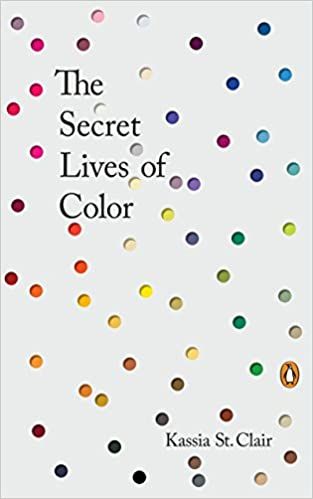
The Secret Lives of Color by Kassia St. Clair
A mix of science and history, this book weaves the stories of multiple colors through history, the significance they had in art, or war, or religion, or in health. Humans don’t have the best color vision out there, but it’s still nothing to sneeze at, and the colors we do see give us more information about an object than we realize. This book is a bit formidable, too; it’s hefty, and built pretty solidly. It’s well worth it, though. The cover and pages are gorgeous, and the book itself is full of diagrams of spectrums and graphs and, of course, color.

Women in World History 1450 to Present by Bonnie G. Smith
Collecting over 500 years of history, this book traces the many roles women have filled, from slaves to soldiers to astronauts. Even without history focused on them, and sometimes ignoring them, women have played a constant role in history. Pulling on archival materials like oral histories, personal papers, religious teachings, and so many other forms of documentation, Smith puts together a story line of women’s history from the Renaissance to current times

Indigo: Egyptian Mummies to Blue Jeans by Jenny Balfour-Paul
Indigo captivated the world, across cultures, and played a larger part in history than one would have expected. It helped foster the transatlantic slave trade, changed the way we dyed clothes, and was even used as medicine and played a part in religious ceremonies. Indigo changed agriculture, economics, chemistry, and became so important it was included in various folklores around the world. A culmination of 15 years of research, this history is paired with amazing photographs of indigo and the plant it comes from.

An Indigenous People’s History of the United States by Roxanne Dunbar-Ortiz
The history of the United States, of the American continents, doesn’t start with when Europeans first stepped onto the soil. That is where this book comes in. It covers Indigenous history from what life was like prior to colonization, the extensive trade routes and farming practices tribes had, and lays bare exactly what European settlers did after arriving, breaking down every myth students in the United States were told in school. This is absolutely an important book to read, especially right now as the Land Back movement gaining momentum and the water protectors pushing back against oil pipelines.
If you’re still looking to scratch that history itch, or if this has just started you down the rabbit hole, I recommend checking out our list of inclusive American history books, or maybe this list of historical nonfiction.



